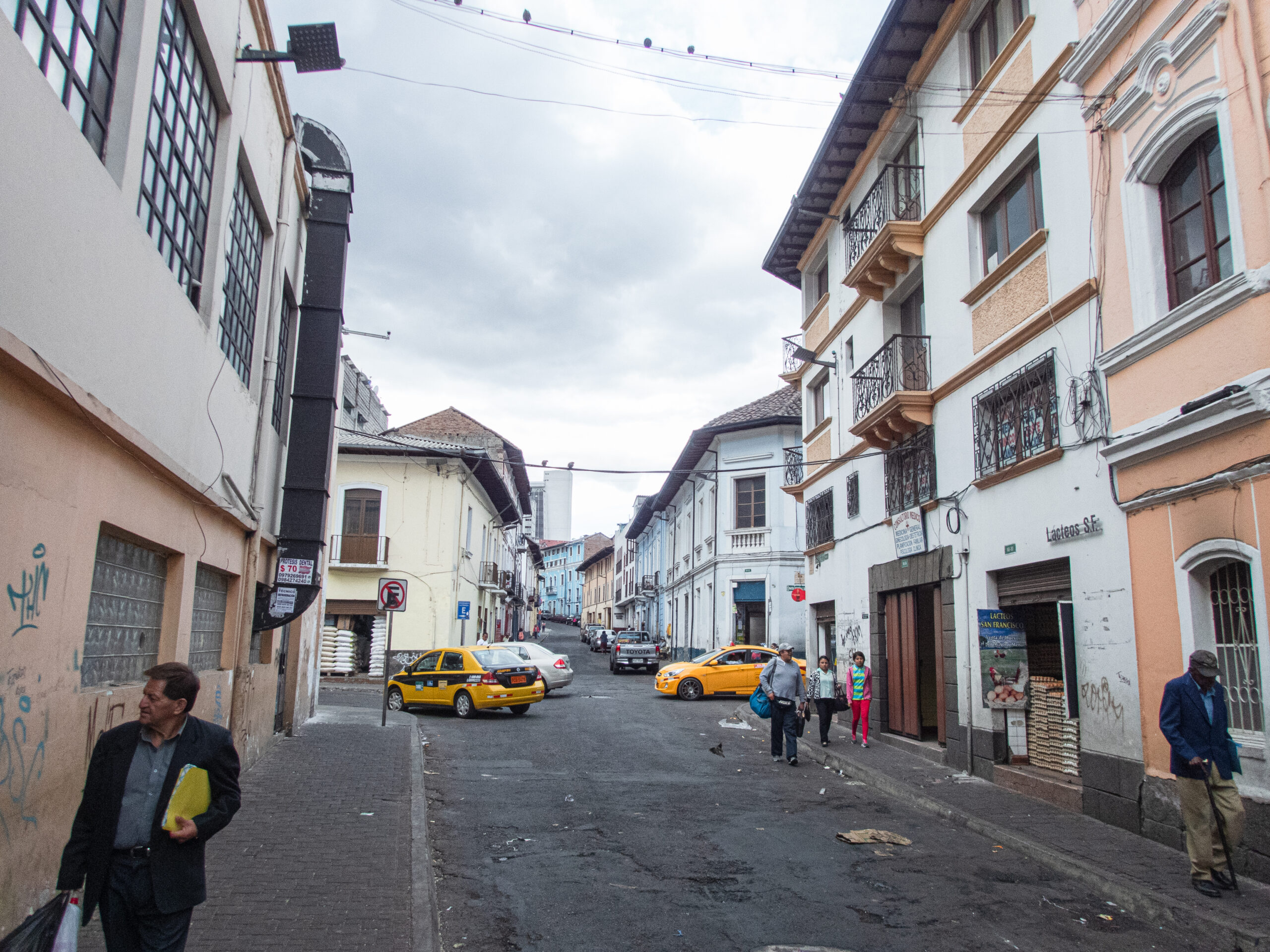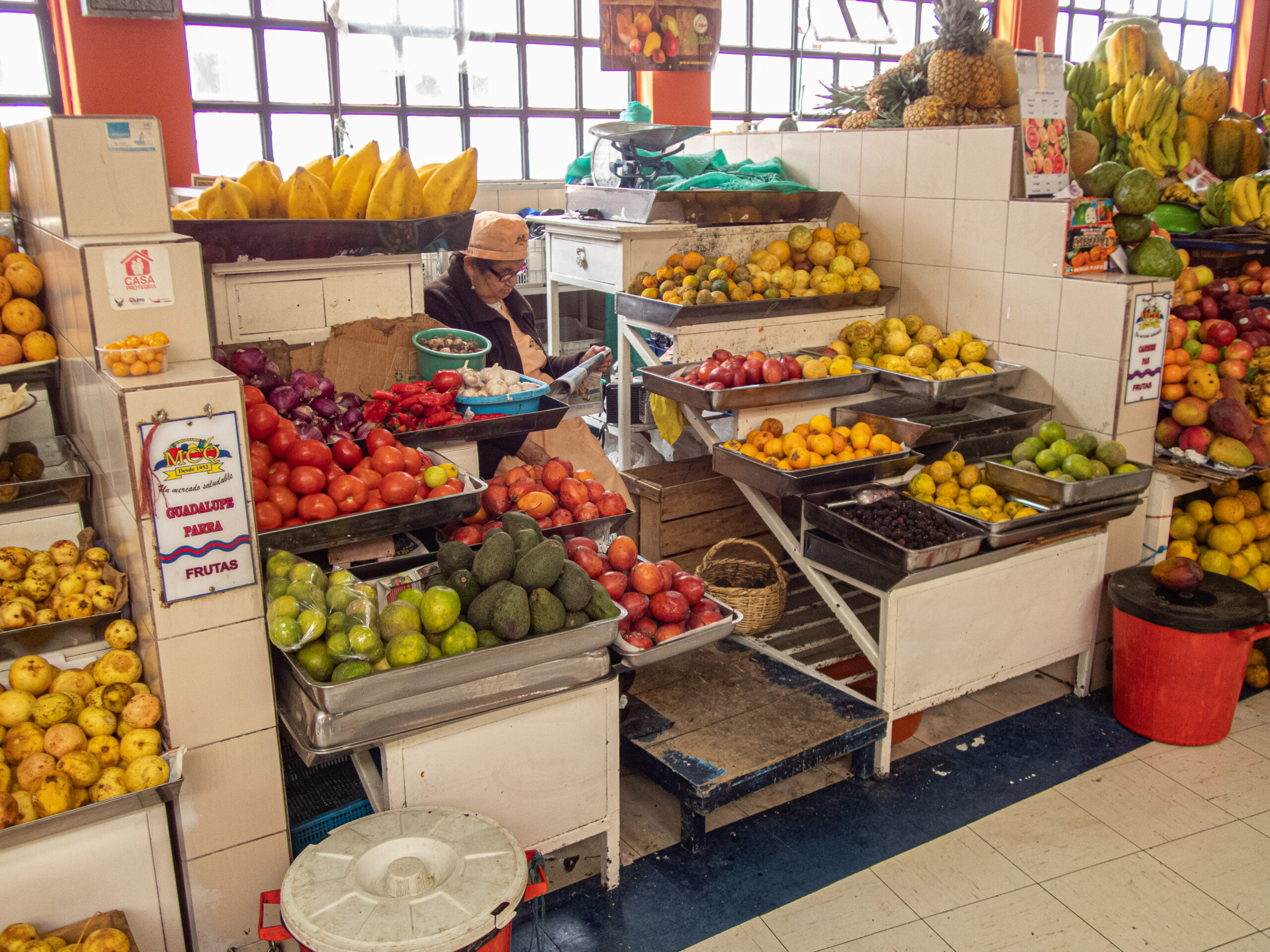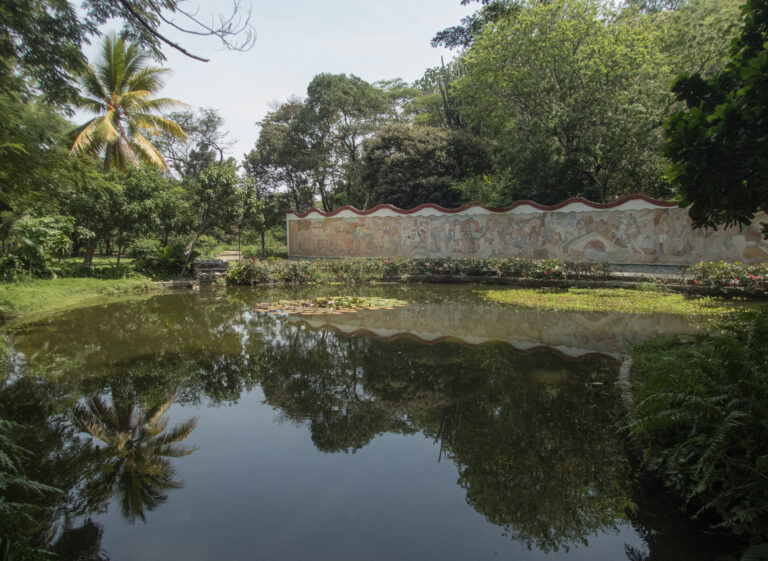Quito
The Incas and The Spaniards
Quito lies at 2850 metres above sea level and, due to its well-preserved Spanish colonial centre, is a UNESCO World Heritage Site.
The Incas invaded Ecuador in the mid-fifteenth century. Despite strong resistance from the local tribes, by the beginning of the sixteenth century they had conquered all of what is Ecuador today. Quito became the northern capital city of the Inca Empire.
Pizarro and his men arrived in Quito in 1534 to find the city burned to the ground. The Incas had chosen to destroy their city rather than let it fall into the hands of the Spaniards. With in a year, the country was controlled by the Spaniards. Soon after, Quito was rebuilt from the ruins.
The End of a Journey
My return flight to Spain was from Quito. I had allowed myself seven weeks to travel through Panama, Colombia and Ecuador. I had already been travelling for more than six weeks when I arrived at Quito, and so there was little time left to dedicate to Ecuador. A few days in Quito and a trip out to Quilatoa and Saquisili Market gave me a brief taste of the country and the desire to visit again.
Initially, I had been somewhat on my guard following accounts of danger from people I know who had visited the city. It soon became apparent that the city centre and the old quarters of Quito are well-policed, and I felt safe. However, I still applied my usual safety precautions for large cities known for petty crime: no jewellery or fancy watches, simple and discreet clothing, avoiding wandering around after dark, and using registered taxis.
The Historic Centre of Quito
Below are photos I have taken of some of the wonderful sights and excellent examples of the well-preserved colonial architecture to be found in the old quarters of Quito:



Also close to the old quarters, a visit to the Central Market is a great opportunity to enjoy daily life in Quito, and to stock up with fruit and veg!


The old cobbled street of La Ronda and the Casa del Alabado Museum of Pre-Colombian Art are a short distance from the Plaza de Independencia (also known as Plaza Grande). The museum gives a good insight into the pre-Colombian history of Ecuador. There are many high quality artefacts on display, especially ceramics.


Views Over Quito
The “TelefériQo” is a cable car that leads to Pichincha Volcano and a breath-taking lookout over Quito. The lookout lies at about 4100 metres above sea level and is useful for acclimatisation before going to explore some of Ecuador’s high altitude treasures, such as Quilatoa. Check out useful information regarding altitude sickness and acclimatisation.
Despite only wearing simple shoes, I decided to venture off up the slopes of the volcano. Going further up the volcano needs good hiking shoes to cope with the scree, but the path above the lookout area is well-marked.







